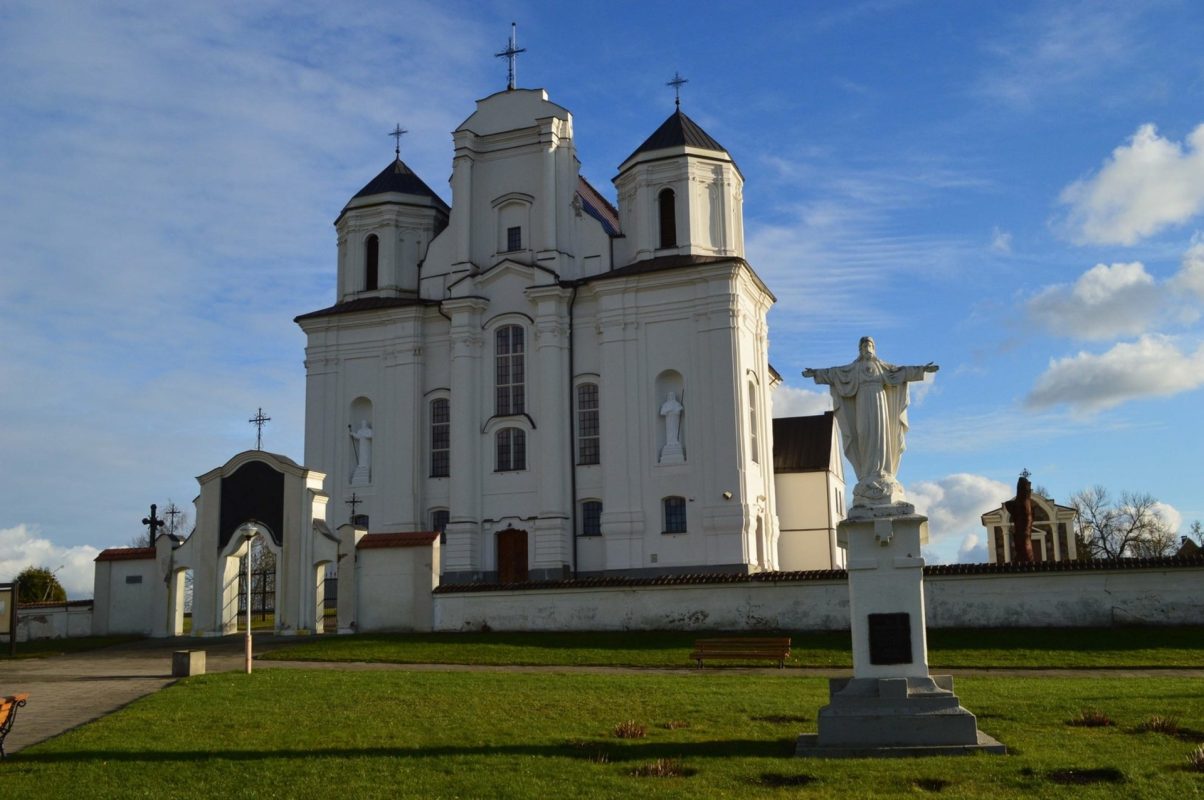Kražiai Church of the Immaculate Conception of the Blessed Virgin Mary

108

1

0
5 out of 5
(1 reviews)
The Kražiai Church of the Immaculate Conception of the Blessed Virgin Mary (1757–1763), built in the late Baroque style, is known throughout Lithuania as a symbol of the defense of Catholicism and Lithuanian identity.
Info
-

Religious Heritage
-
The Kražiai Church of the Immaculate Conception of the Blessed Virgin Mary (1757–1763), built in the late Baroque style, is known throughout Lithuania as a symbol of the defense of Catholicism and Lithuanian identity. It entered history through the events of the Kražiai Massacre, which resonated throughout Europe. After the Tsarist authorities closed the monastery, they planned to demolish the church. The faithful requested that the monastery church be converted into a parish church, appealing to the authorities, the Tsar, rulers, and bishops of other countries. The local residents guarded the church day and night to prevent its closure. On November 22, 1893,
the Tsar's gendarmes and Cossacks violently tried to suppress the local residents, resulting in the death of 9 people and the injury of 50. This historic event, known as the Kražiai Massacre, is seen as a symbol of the defense of Catholicism and Lithuanian identity.
Tourists visiting Kražiai can see the twin-towered, late Baroque-style church that dominates the town's panorama. Inside, there is still a bench that serves as a grim reminder of the Kražiai Massacre. It is said that the Cossacks tied their horses to this bench. The church's interior is dominated by the central Baroque altar. Visitors can also see one of the largest organs in Samogitia.
Found a mistake?
Report

 Entertainment
Entertainment
 Food establishments
Food establishments





























 55.600167, 22.694973
55.600167, 22.694973
 Get directions
Get directions









